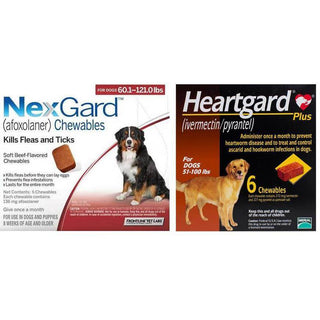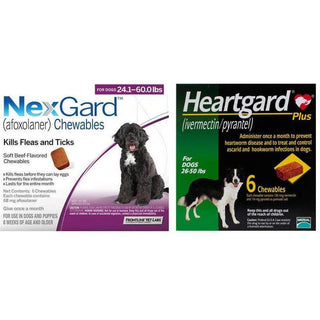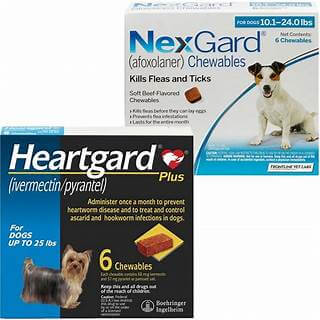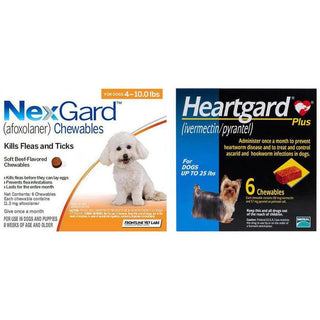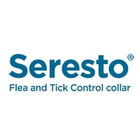
Introduction
Over the past few years, grain-free dog food has gained massive popularity among pet owners. Many believe it’s healthier, helps with allergies, and mirrors a more “natural” canine diet. But is grain-free really the best choice for your furry friend? Understanding the facts, nutritional value, and potential health impacts can help you make an informed decision for your dog’s long-term well-being.
What Does Grain-Free Dog Food Mean?
Grain-free dog food refers to food that does not contain traditional grains, such as corn, wheat, barley, rice, oats, or rye. Instead, it uses alternative carbohydrate sources such as potatoes, peas, lentils, chickpeas, or sweet potatoes.
Many dog food brands market grain-free diets as being more digestible and suitable for sensitive stomachs, but it’s important to know that not all dogs need a grain-free diet.
Why Pet Owners Choose Grain-Free Dog Food
Here are some common reasons why pet parents switch to grain-free food:
- Belief that it’s healthier: Many assume that since wild dogs and wolves don’t eat grains, their pets shouldn’t either.
- Allergies and sensitivities: Dogs with grain allergies may benefit from grain-free formulas.
- Improved digestion: Some owners find that grain-free diets help reduce bloating or soft stools.
- Better skin and coat: Diets rich in proteins and alternative carbohydrates may contribute to a shinier coat.
While these reasons sound convincing, not all of them are backed by scientific evidence. In fact, most dogs can digest grains quite well.
The Nutritional Role of Grains in Dog Food
Grains often get a bad reputation, but they actually offer several nutritional benefits for dogs:
- Energy Source: Whole grains, such as oats, rice, and barley, serve as excellent carbohydrate sources, providing your dog with steady energy to stay active throughout the day.
- Fiber for Digestion: Grains contain dietary fiber that promotes a healthy digestive system and supports firm stools.
- Vitamins and Minerals: Grains provide essential nutrients, including B vitamins, magnesium, and iron, that contribute to overall health.
Unless your dog has a confirmed grain allergy, there’s usually no nutritional reason to avoid grains altogether.
Are Grain Allergies Common in Dogs?
Contrary to popular belief, grain allergies are rare in dogs. In many cases, food allergies in dogs are triggered by animal-based proteins, such as those found in chicken, beef, or dairy products, rather than grains.
If your dog has symptoms like:
- Itchy skin or ears
- Frequent licking or scratching
- Digestive issues like diarrhea or vomiting
…it’s best to consult your veterinarian. Your vet might suggest trying an elimination diet to pinpoint the exact cause of the allergy, rather than immediately transitioning your dog to a grain-free diet.
Grain-Free Diets and Heart Disease Concerns
One of the biggest debates surrounding grain-free diets involves dilated cardiomyopathy (DCM) — a type of heart disease in dogs.
The U.S. Food and Drug Administration (FDA) has investigated potential links between grain-free dog food and DCM, particularly in diets that use peas, lentils, and potatoes as main ingredients. While research is still ongoing, some grain-free formulas may contribute to heart issues due to nutritional imbalances or a lack of essential amino acids, such as taurine.
Before changing your dog’s diet to a grain-free option, it’s important to consult your veterinarian to confirm that their heart health and overall nutrition remain well-balanced and protected.
Grain-Free vs. Grain-Inclusive: What’s the Difference?
|
Feature |
Grain-Free Diet |
Grain-Inclusive Diet |
|
Carbohydrate Source |
Potatoes, peas, lentils, chickpeas |
Rice, oats, corn, barley |
|
Fiber Source |
Legumes and vegetables |
Whole grains |
|
Allergy Suitability |
Ideal for dogs with confirmed grain allergies |
Suitable for most dogs |
|
Nutritional Risk |
Possible taurine deficiency, linked to DCM |
Balanced when formulated properly |
|
Digestibility |
It depends on the ingredients used |
Usually easy to digest |
The best diet for your dog depends on their individual health, activity level, and tolerance to certain ingredients.
How to Choose the Right Food for Your Dog
Here are some practical tips when deciding whether to feed grain-free or regular food:
- Consult Your Veterinarian: Always discuss any diet changes with your veterinarian before making them.
- Read Labels Carefully: Look for complete and balanced nutrition approved by AAFCO (Association of American Feed Control Officials).
- Monitor Your Dog’s Health: Watch for signs of allergies, lethargy, or digestive issues after switching to a new food.
- Avoid Marketing Hype: “Grain-free” doesn’t automatically mean “better.” Focus on the quality of ingredients instead.
- Protein Quality Matters: Ensure the food uses high-quality animal protein as the first ingredient.
When Grain-Free May Be Beneficial
Grain-free food can be beneficial for certain dogs, such as:
- Dogs diagnosed with grain allergies or intolerances.
- Dogs with specific digestive issues identified by a vet
- Dogs that require a specialized diet for health conditions
However, for the average healthy dog, grain-inclusive food is perfectly safe and nutritious.
Final Thoughts
Grain-free dog food is not inherently bad — but it’s not automatically better, either. The key is to choose a well-balanced diet tailored to your dog’s needs. Grains, when included in moderate amounts, can provide valuable nutrients and energy for most dogs.
If you think your dog may be experiencing allergies or food sensitivities, it’s best to speak with your veterinarian before making the switch to a grain-free diet. They can guide you toward the best food choice to maintain your dog’s health, vitality, and happiness.


